Share This
We put a special spotlight on the Mediterranean Diet for International Mediterranean Diet Month, but we encourage everyone to appreciate its foods and flavors all the other months of the year, too. Not only is it healthy, it just plain tastes great! Plus, more and more people are turning to the heritage eating pattern after it was tied for the #1 Best Diet Overall by U.S. News & World Report this year, and we want to make it easy for everyone to enjoy.
One tip to start eating Med is to “Mediterraneanize” foods you’re already familiar with—from overhauling an entire dish to changing up one or two ingredients. We asked our experts for additional recommendations to “Mediterraneanize” typical North American meals and capture the nutritional benefits and flavors of the diet…
Ask the Experts, “Make It Med” Edition
Fish Made Fast. With the Mediterranean Diet, it is recommended to eat seafood at least twice per week and for a good reason! Fish such as tuna, herring, salmon, and sardines are rich in omega-3 fatty acids, and shellfish including mussels, oysters, and clams have similar benefits for brain and heart health. I hear from many clients that they would eat more fish, but they are intimidated how to cook it. Fish is actually very simple and quick to cook! Just starting off? Try the cooking technique “en papillote.”
The term en papillote (pronounced: ON pah-pee-YOHT) means “in paper” or “in parchment.” It is a moist-heat cooking method because it is the steam from within the package where the food is enclosed by parchment paper that cooks the food. More delicate proteins, such as fish or chicken, are more commonly cooked en papillote since they can be quickly cooked by this steaming method. Steaming en papillote requires no special equipment other than parchment paper. The food won’t stick, and parchment paper is easy to seal to not allow any liquid to escape. Just make sure to tightly seal the edges. Plus, cleanup is easy—just toss the parchment when you’re done! Try this Mediterranean En Papillote recipe! (courtesy image below)
– Julie Harrington, RD, Culinary Nutrition Communications Consultant of RDelicious Kitchen
Salmon and Grains. While fish is an obvious choice for a Mediterranean meal, salmon is not a common choice. This Roasted Salmon with Tomato and Roasted Garlic Farro is a winning combination both in terms of nutrition and taste, with salmon and its omega-3s, farro, tomatoes, garlic, and basil.
– Rosie Schwartz, RD, author of The Enlightened Eater’s™ Whole Foods Guide: Harvest the Power of Phyto Foods, contributor for Parents Canada, Diabetes Dialogue, rosieschwartz.com
“Hummus-ized” Veggies. Take your traditional roasted vegetables and give them a Mediterranean flair by converting them to hummus. I add a twist to the classic, well-loved Mediterranean dish by using cannellini beans and including roasted carrots, extra virgin olive oil, cinnamon, and a drizzle of honey. It’s a recipe that always gets rave reviews! (courtesy image right)
– Janice Newell Bissex, MS, RDN; Holistic Cannabis Practitioner; Culinary Nutritionist; Jannabis Wellness
Simple Sardines. One of the things I most admire about Mediterranean cultures is their resourcefulness in dressing up humble ingredients (like small fish or foraged greens) into a gourmet meal. A great example is sardines. My Mediterranean spin on an easy pantry dinner is making simple sardine patties (courtesy image top), lightly pan fried in olive oil, of course.
– Kelly Toups, RD, Oldways Director of Nutrition
Sweet and Savory Substitutions. I love Mediterraneanizing traditional American meals by substituting butter, lard, sour cream, sugar, and meat with olive oil, Greek yogurt, honey, fruit, and beans. Here are some of my favorite substitutions that not only make recipes healthier, but tastier, as well!
Use a blend of olive oil and butter instead of just butter for grilling and toast. Turning your food more Mediterranean doesn’t have to be all or nothing. If you still want the taste of butter, for example, but want to eat less of it, try this Dill Butter and Olive Oil blend (courtesy image below). It is great on bread (it’s spreadable), and I always use this when I want a buttery dill flavor when I am grilling. Simply brush it on corn, bread, or seafood while you are grilling. It’s fantastic!
Eat a bean burger instead of a hamburger. Don’t get me wrong, I love a hamburger, but I also love bean burgers when they are cooked right. Bean burgers are a great high-fiber substitute for ground beef. This one is fried in extra virgin olive oil and is crispy on the outside and moist on the inside. Even if you aren’t a vegetarian, I think you will find this super delicious!
Use olive oil instead of vegetable oil, butter, or lard in desserts (and use high-fiber fruits and nuts instead of chocolate chips, sprinkles, or frosting). Most cakes, cookies and pies can use extra virgin olive oil instead of vegetable oil, butter, or lard. Don’t be afraid to try the substitution. We use a buttery olive oil (one that is milder without a strong olive-y taste) for baking. Here is a recipe for a cake that uses olive oil as its fat and also includes high fiber raisins, apples, and whole wheat flour.
Use yogurt instead of sour cream or mayonnaise in dips and sauces. Good quality, thick Greek yogurt is a great substitute for sour cream or mayonnaise in most dressing, dip, and sauce recipes. Here is a tzatziki recipe that can be used instead of French Onion Dip.
Use honey instead of sugar in desserts. Many of the desserts of the Mediterranean use honey instead of sugar. See which of your favorite desserts can use—I think you will find the flavor to be greatly improved! Here is one of our favorite Greek desserts: Pastelli (courtesy image below).
– Bill Bradley, R.D., L.D.N., Lecturer, Cookbook Author, and Founder of Mediterranean Living
Join the Make Every Day Mediterranean Club Facebook group for additional information and support.

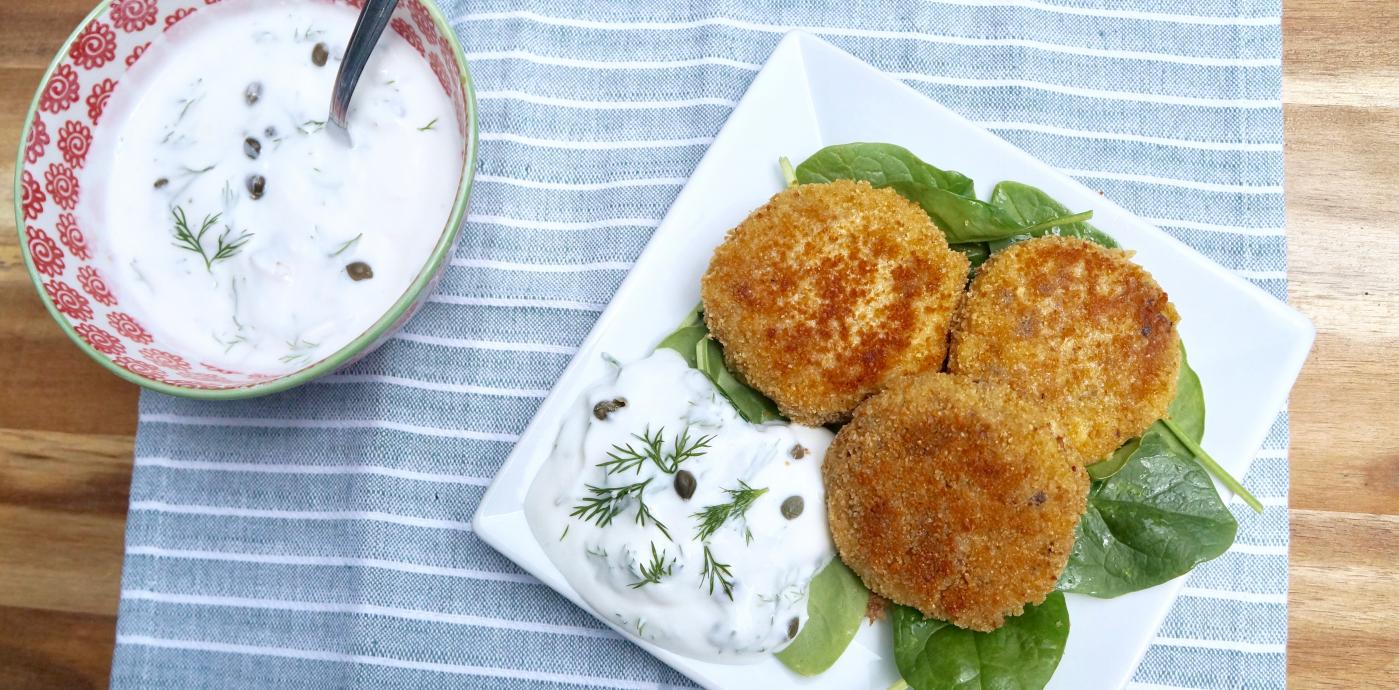
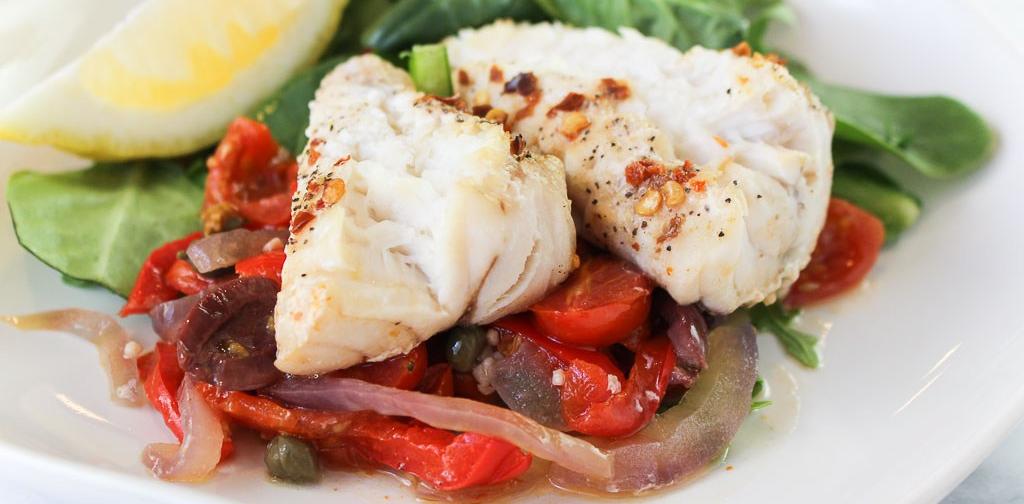
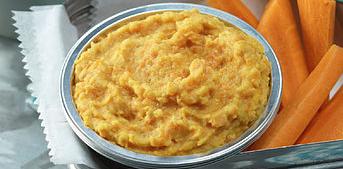
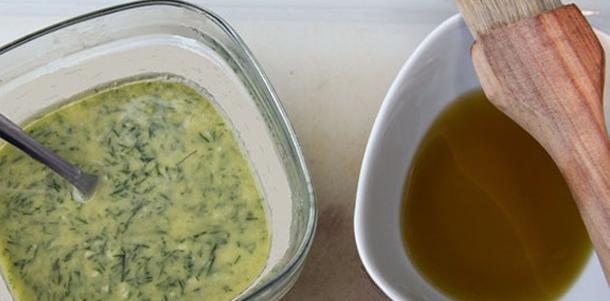
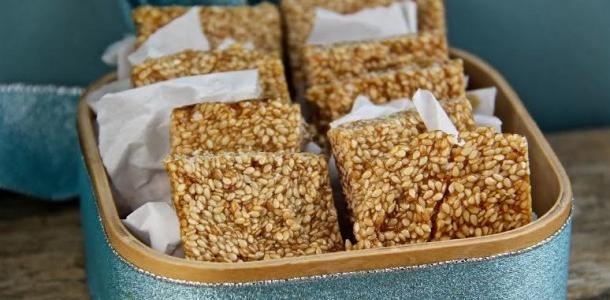
Add a Comment